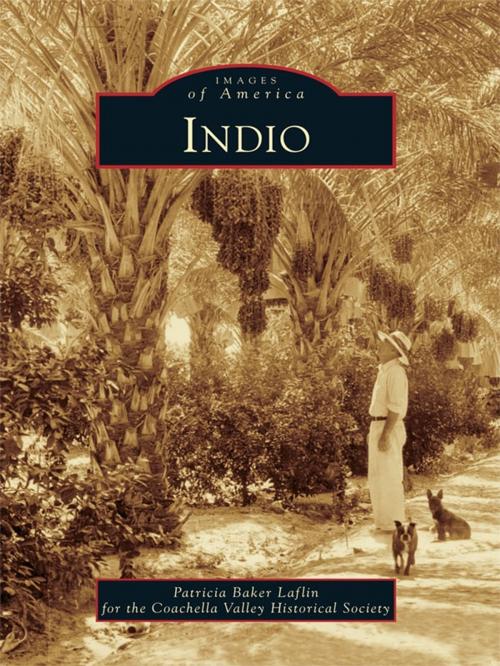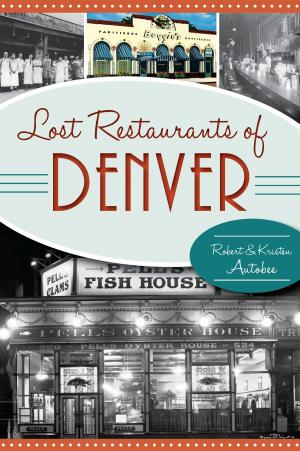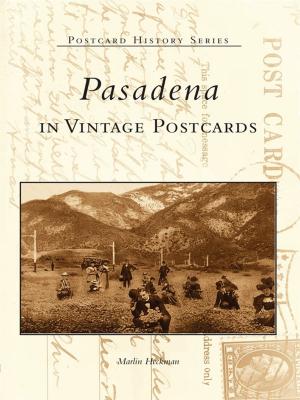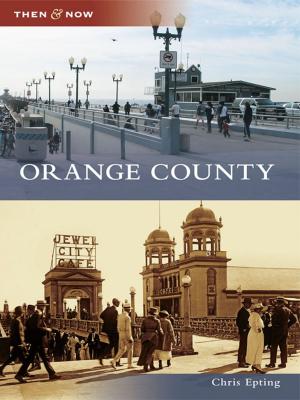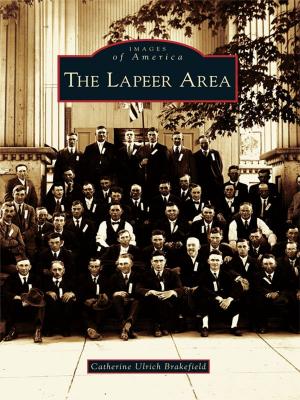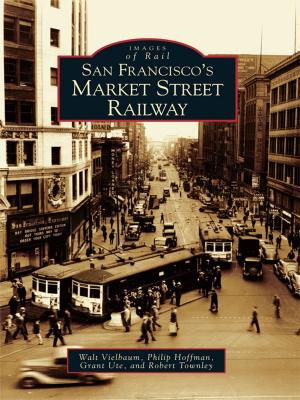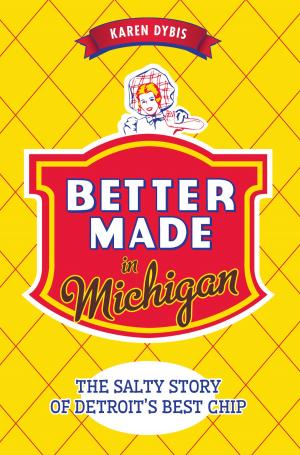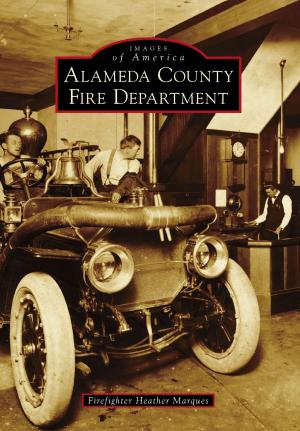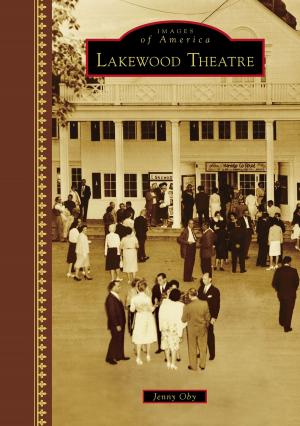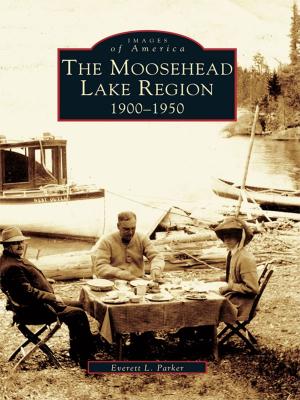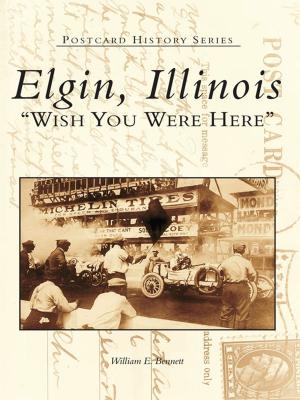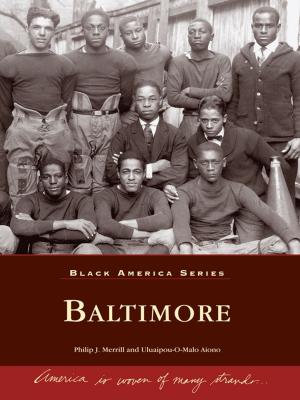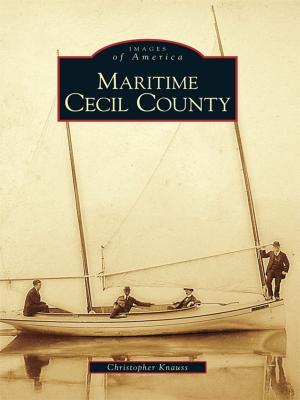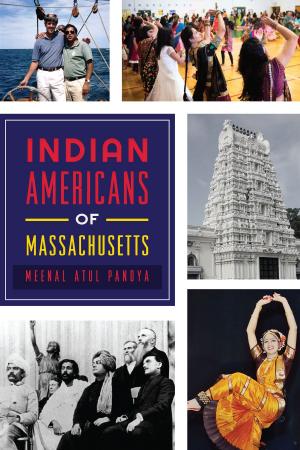| Author: | Patricia Baker Laflin, Coachella Valley Historical Society | ISBN: | 9781439620137 |
| Publisher: | Arcadia Publishing Inc. | Publication: | January 30, 2008 |
| Imprint: | Arcadia Publishing | Language: | English |
| Author: | Patricia Baker Laflin, Coachella Valley Historical Society |
| ISBN: | 9781439620137 |
| Publisher: | Arcadia Publishing Inc. |
| Publication: | January 30, 2008 |
| Imprint: | Arcadia Publishing |
| Language: | English |
Located halfway between Los Angeles and Yuma, Arizona, Indio came into being as a railroad town in 1876 when the Southern Pacific Railroad completed this last link in its southern transcontinental route. Settling this arid land took ingenuity and courage, and Indio�s early residents had both. In the 1930s, Indio became a mining town when 92 miles of tunnel were dug through its eastern mountains for the Los Angeles Aqueduct, the largest construction project in the United States during the Depression. World War II brought Gen. George Patton�s Desert Tank Corps to train nearby and crowd into Indio for rest and relaxation. The completion of the Coachella Branch of the All-American Canal brought Colorado River water to the desert in the late 1940s, and a land boom ensued. Today Indio�s reputation as the �Date Capital of the United States� and �City of Festivals� is long held and well deserved.
Located halfway between Los Angeles and Yuma, Arizona, Indio came into being as a railroad town in 1876 when the Southern Pacific Railroad completed this last link in its southern transcontinental route. Settling this arid land took ingenuity and courage, and Indio�s early residents had both. In the 1930s, Indio became a mining town when 92 miles of tunnel were dug through its eastern mountains for the Los Angeles Aqueduct, the largest construction project in the United States during the Depression. World War II brought Gen. George Patton�s Desert Tank Corps to train nearby and crowd into Indio for rest and relaxation. The completion of the Coachella Branch of the All-American Canal brought Colorado River water to the desert in the late 1940s, and a land boom ensued. Today Indio�s reputation as the �Date Capital of the United States� and �City of Festivals� is long held and well deserved.
